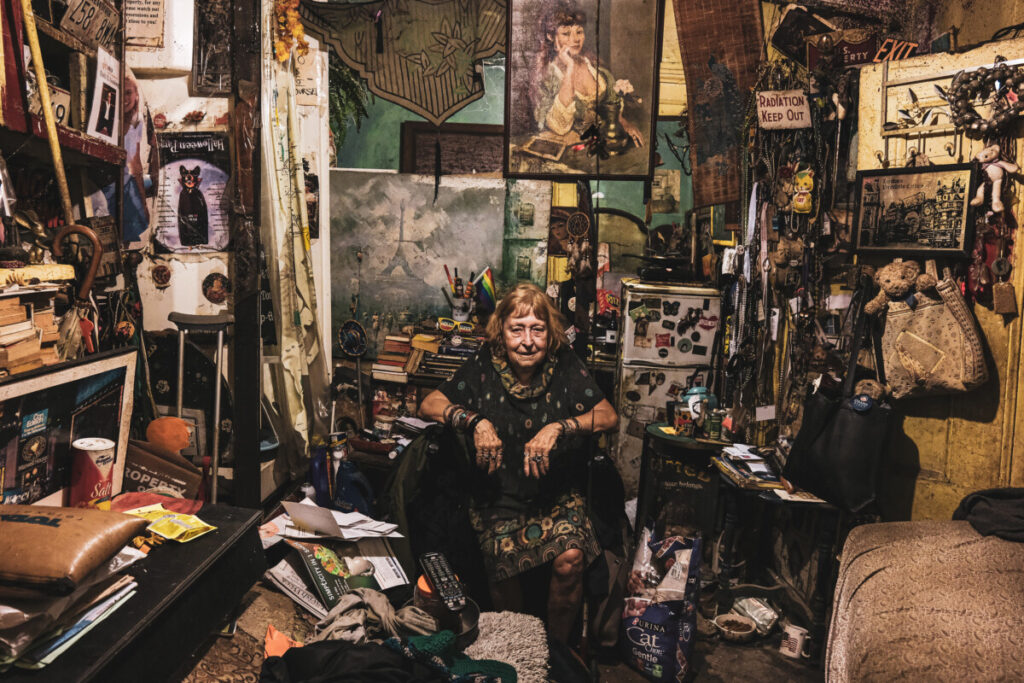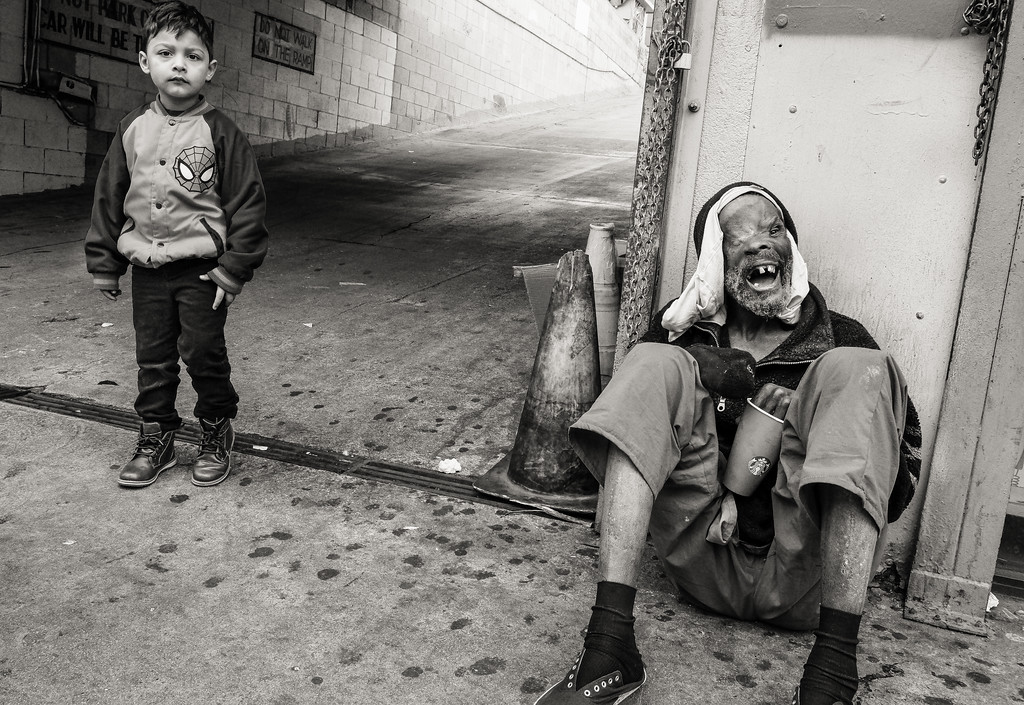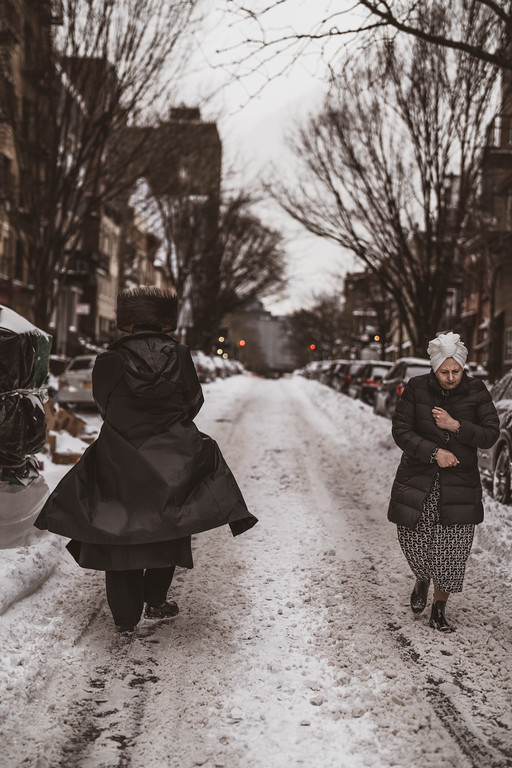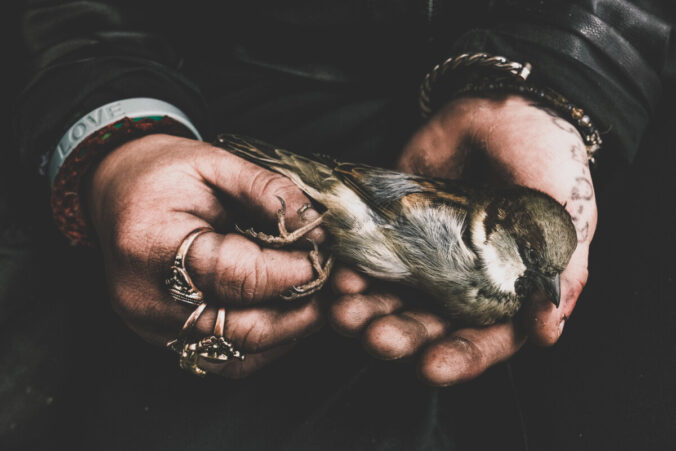Unnamed, taken by Suzanne Stein
Through her many categories, I found a photograph in her collection under New York Street Two that really caught my attention. In this photograph it is a close up of a small bird being carried in the hands of a man. His hands, although dirty, are gentle with the bird as it is laid across one hand and the with other his fingers lightly hold the bird’s feet. Interestingly, I cannot tell if the bird is alive, by the way it is laid and his eyes, although open, look empty and lifeless I may even be inclined to say it may be dead. Two words came to mind when looking upon this photograph which are compassion and empathy. I believe the photographer was trying to show this through this photograph. The way this bird is held so gently with an open palm, not being squeezed or shown to be held roughly but with a touch of kindness. The man’s hand has rings and bracelets; with one having the word LOVE on it. The purpose of this image shows living beings being treated with care and respect. Understanding and showing compassion no matter who you may be or who the other may be. In this case a small bird. This photograph, although beautifully captured, I can’t help but feel like there is a bit of sadness to it.
This photo is a good example of using the compositional principle, fill the frame. The way the image is a close up of the small bird in the big hands of a man it is all we see. That is the main focus and it is so close you can see the different patterns on its feathers, the dirt on the man’s hands, his ring and bracelet all great with details. Stein also managed to use figure to ground, the bright colors of the man’s hands and the bird, contrasting against the man’s dark clothing. This is why this image is very eye catching, you notice more the bird and hands because of the background. Without the man’s face to give us an expression we can sense emotion through his body language, and this man’s hands are expressing enough to show his care of this small bird.









Recent Comments